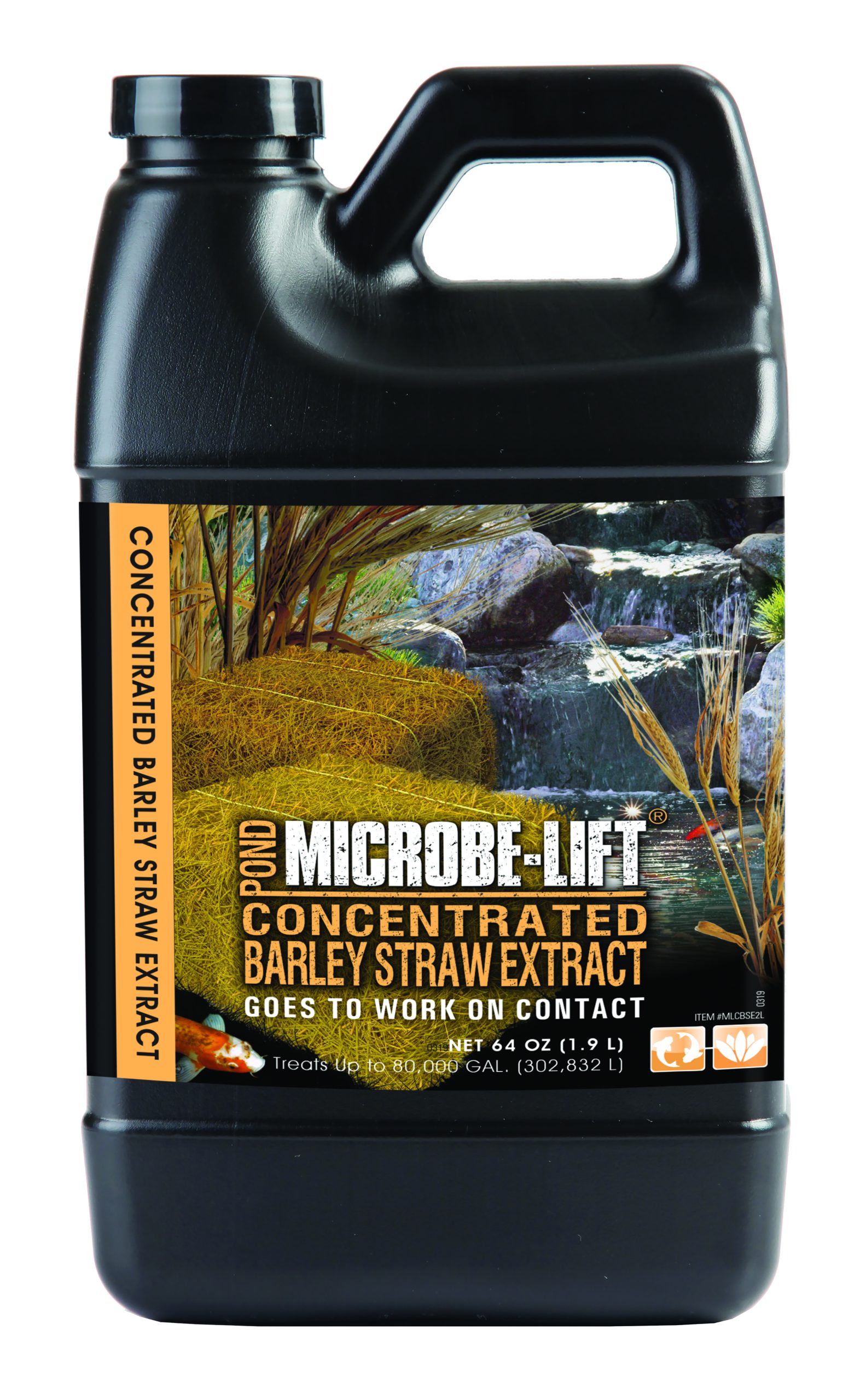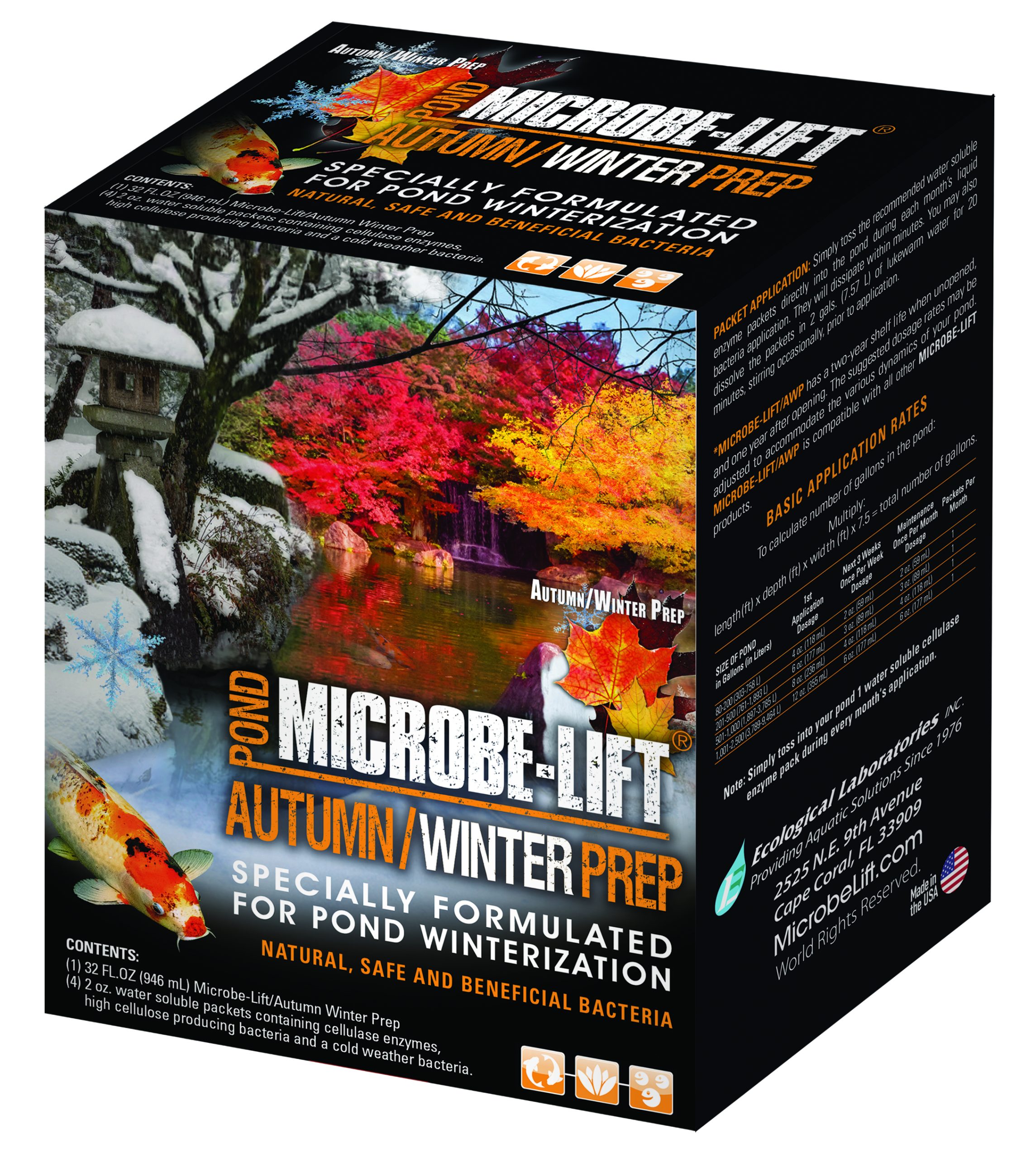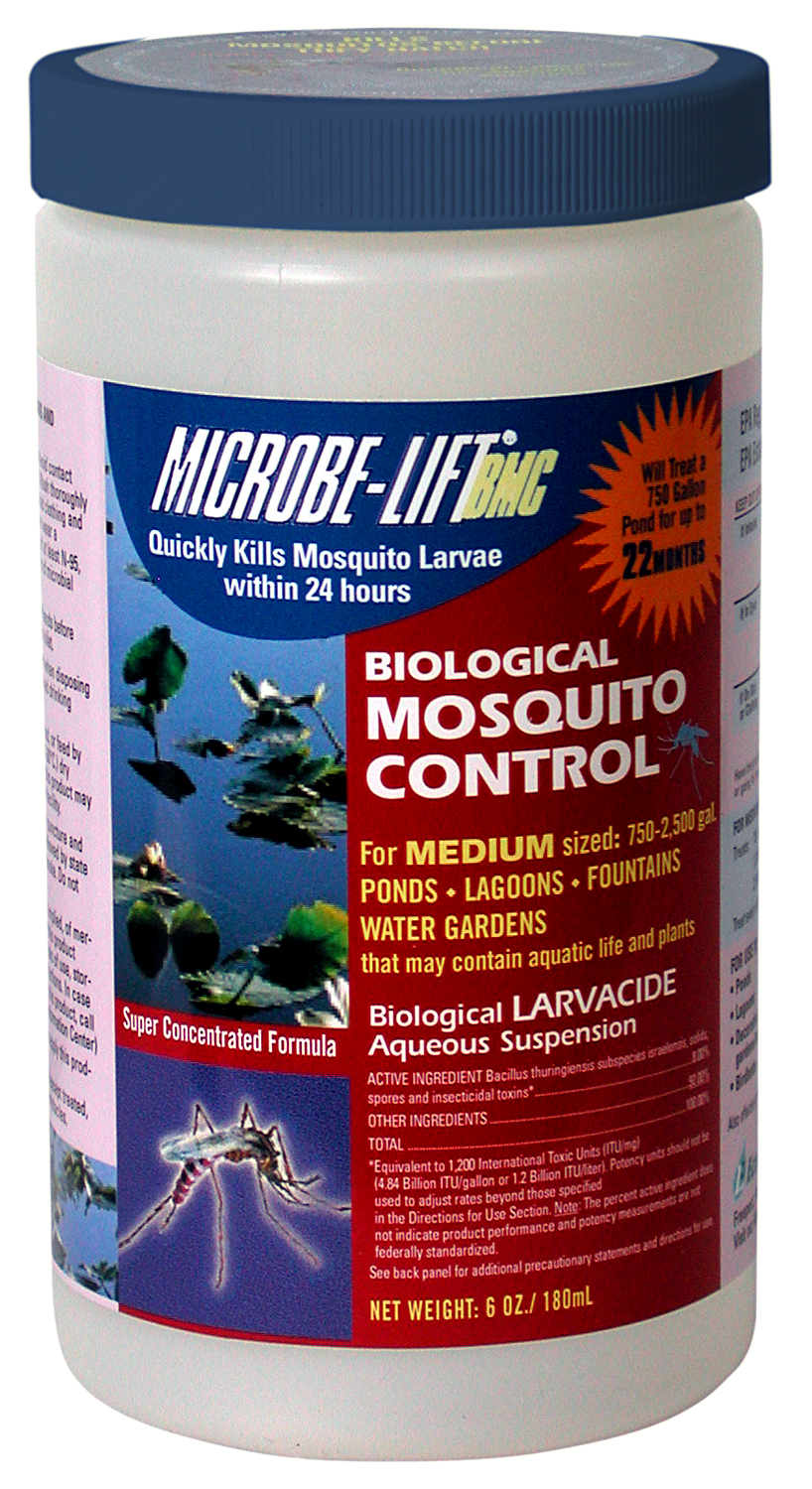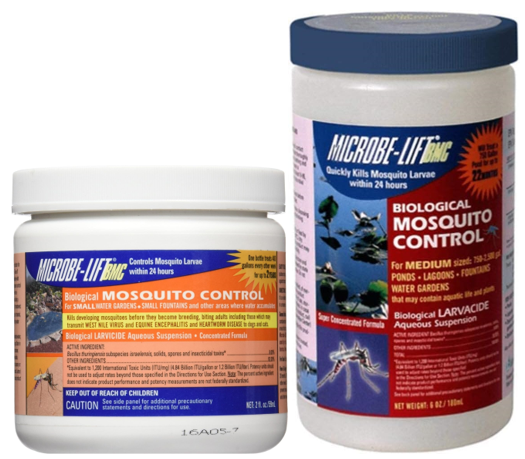ALGAE: THE GOOD, BAD AND UGLY by Carolyn Weise, Ecological Labs, Inc.
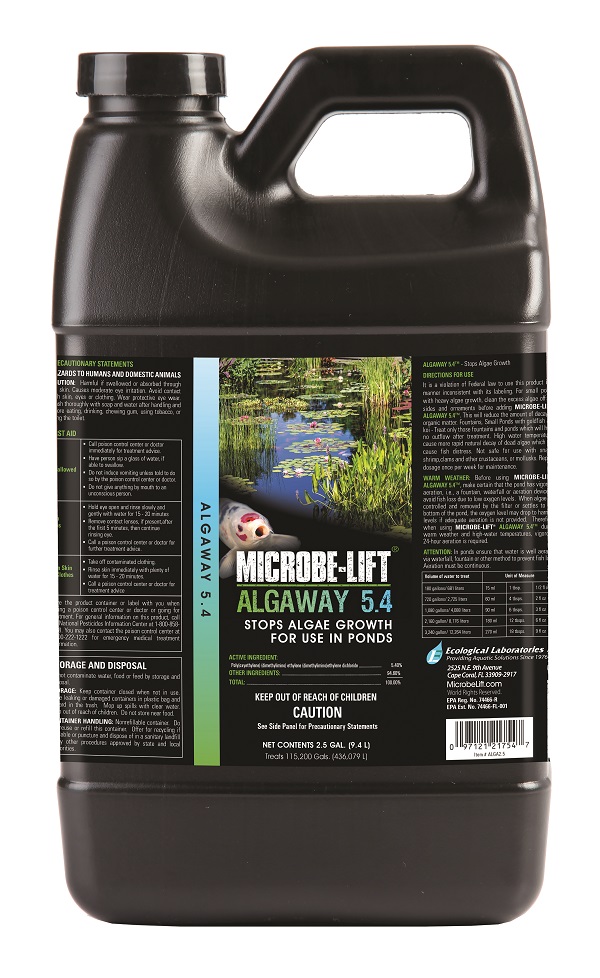
There are at least 40 different types/species in your pond at any given time. They evolve, so that what was not so bad last year could be totally different this year. It may be the same type that you lived with last year. Many people reach for an algaecide immediately when they see the first sign of algae in their pond without giving a thought to why they have it. Oh, yes, having chopped down the oak tree that gave shade in previous years could definitely change the environment. Drastically. But, can the sun alone cause algae to run riot in the pond? Probably not.
There are three things that encourage algal growth in your pond: warm temperatures, sunlight (for photosynthesis), and most importantly- excess nutrients! In fact, most ponds provide plenty of nutrients, yet we look at “full sun” as the cause of our algae problem. (And we stock our ponds with small koi that grow rapidly, never considering their growth may be overloading the pond.) In early season, that very same algae are there to take up ammonia before the nitrifying bacteria are functional or your plants able to remove any nutrients from the water. This is the GOOD algae. They are working with your pond and fish. Please don’t hurt them!
One of these GOOD algae are PLANKTON, the “horrible” pea-green water that prevents you from seeing your fish. It is primarily a spring bloom (or a new pond syndrome “welcome”). Plankton is single cell alga that acts more like green diatoms. Because of that, we don’t use algaecide on it. We use Microbe-Lift/PL! Because, water changes, even 100% won’t get rid of the green water. And, algaecides don’t get rid of it. UV lights work, if you have one, and if the bulb is new enough, but that’s another story. The Plankton bloom pretty much is going to exhaust itself in its own good time.
But, Plankton has a specific job to do in spring. It feeds the very small life forms that will feed your fry when the koi spawn! I’m sure you didn’t know that. It also gives cover to the fry, so that they are safer until they are able to avoid predators.
Another GOOD alga would be the HAIR algae on the sides of your pond. Its purpose is to be the home of water clarifiers, like rotifers and nematodes! So, these algae will give you clear water in the pond. It also offers more space for your beneficial bacteria to occupy and grow. That basically doubles or triples your biological filtration. But, no! That does not mean you should go out and buy more koi.
A BAD alga would be Charaphyta, or Chara for short. It is also called Musk grass and is an alga that looks like a plant. It forms a mat at the bottom of the pond. When overgrown, it can create a low oxygen situation.
*Like Chara, so can using an algaecide in hot weather. The dead algae become more organic waste, putting a heavy drain on your oxygen demand. It is best not to start your Algae Control efforts when the water temperatures are above 75°F. By that time, the algae in the pond will have become excess algae. The warmer the water, the faster the growth.
The UGLY alga would always be your filamentous, sometimes called “pond scum” or “blanketweed” when it breaks off and floats on the surface of the pond. This type may begin as helpful algae, adding oxygen to the water during the daytime through the use of photosynthesis, but as it grows (usually on the sides and/or bottom of the pond) it tends to use more oxygen during the nights in the warmer weather. That could be less oxygen for your fish, especially if you have stocked heavily.
When your filamentous algae begin to over-grow and becomes 4-5” in length, it is time to reach for Microbe-Lift/AlgAway 5.4. And, AlgAway 5.4 has 5-year shelf life! There is no such thing as algae elimination. It is algae control. When we kill algae in the pond, as it dies, it releases the nutrients it is holding. That can feed a new algae bloom. It is important to wait three (3) days, and then add your Microbe-Lift/PL. The PL will go to work biodegrading the dead algae and your regular weekly partial water changes will help control the excess nutrients in the water. Enjoy your pond!!

